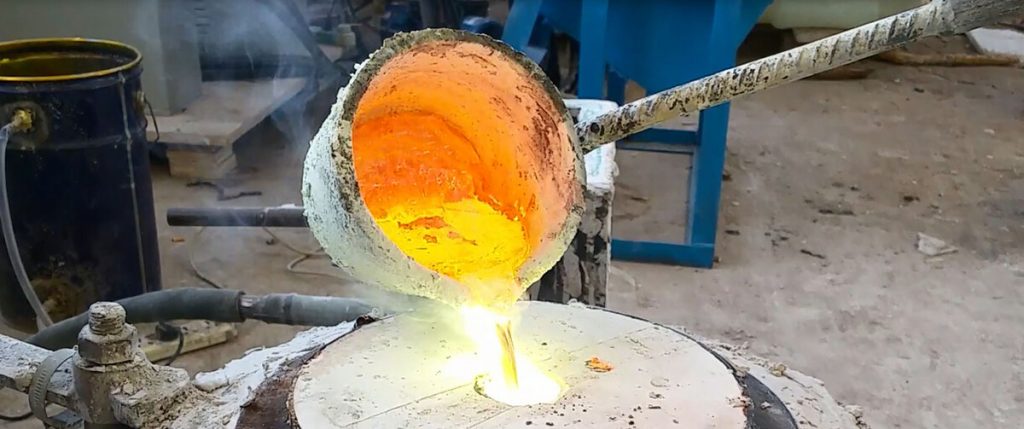Some Essential Things to Know about High Leaded Tin Bronze Alloy
High-leaded tin bronze alloys are high in demand. They have many applications. The lead content of such alloys is somewhere between 7% and 30%. They are free cutting. They are fit to retain good thermal conductivity as well as great lubricity owing to the high lead content. The alloys are perfect for different kinds of bearing applications, especially if there might be a loss of lubrication boundary. Moreover, they work great in any unforgiving environment where there might be foreign matters like dirt. High-leaded alloys can envelope foreign matters because of their malleable character. And during this act, the alloys protect the wear surface of the mating part.
Key Properties of Such Alloys
- They have great strength and good wear resistance capacity
- The alloys are hard
- They have very good casting properties
- They feature a great anti-frictional property
- They can be broached, machined, and reamed easily
Applications of High-Leaded Tin Bronze
The key function of the alloys is to improve machinability. Leaded Tin Bronze Casting is highly acceptable for its resistance capacity toward abrasion and corrosion as well as long active life. They are often used for applications such as connectors for cable and wire, doorknobs, electrical connectors, nuts and screws, rolling mill bearings, bushing for corrosion, and steering knuckle bushings. They are also used for trunnion bearings, valve rockers, and rolling mill bushings. The non-seizing bronze alloys are used when lubrication is uncertain.
Types of Lead Tin Bronze Alloy
The bronze alloy is available in different grades. Let’s have a look at them.
Grade C93200 Bearing Bronze – This cast bronze-bearing alloy has many applications. It is hard, strong, and wear-resistant. It has good casting and anti-frictional qualities. The alloy can be broached, machined, and reamed. This version of bronze alloy is used for the following purposes:
- Bearings for presses
- Track roller bushing for the tractors
- Bushings for cranes, electric motors, and draglines
- Bushings for valves
Grade C93700 Bearing Bronze–This version of bearing bronze has good strength and high mechanical properties. It is mild acid-resistant and highly wear-resistant even under heavy pressure, high speed, vibration, and shock. It is used for the following applications:
- Bushing for rolling mill
- Bushing for steering knuckle
- Bushing for the valve rocker arm
- Trunnion bearing
Grade C93200 Bearing Bronze – This version is highly-leaded. It is non-seizing and used if lubrication is doubtful. It is used where regular lubrication can’t take place. The bronze is ideal for bearing applications when moderate pressure and high speed are prevalent. It has great anti-frictional capacity. Moreover, the bronze is corrosion resistant to brine, seawater, and sulfuric acid (some specific concentrations). It is used for the following applications:
- Bearings for rolling mill
- Bearings for diesel engine
- Bushings for the earth moving tools
- Bushing for gasoline pumps
As you can see, the bronze alloys can be categorized into different categories depending on the lead content. Each version has its specific applications. Instead of bronze casting, Phosphor Bronze Casting can also be chosen depending on your requirements. Choose according to your need so the purpose can be fulfilled rightly.


